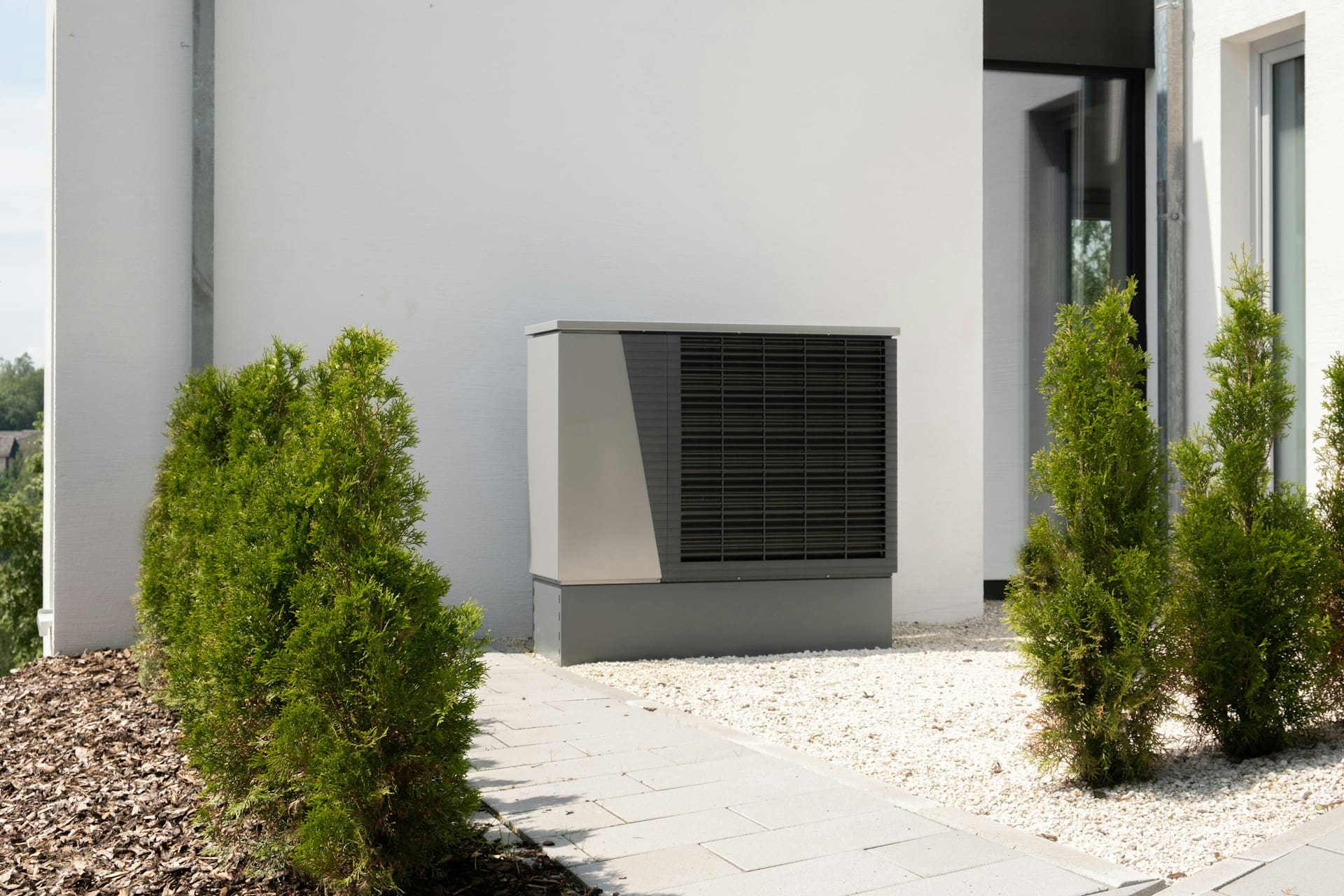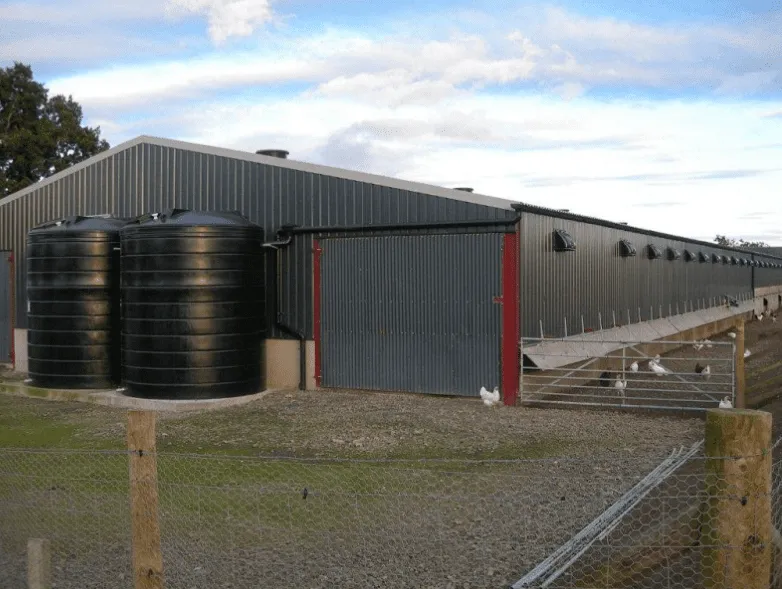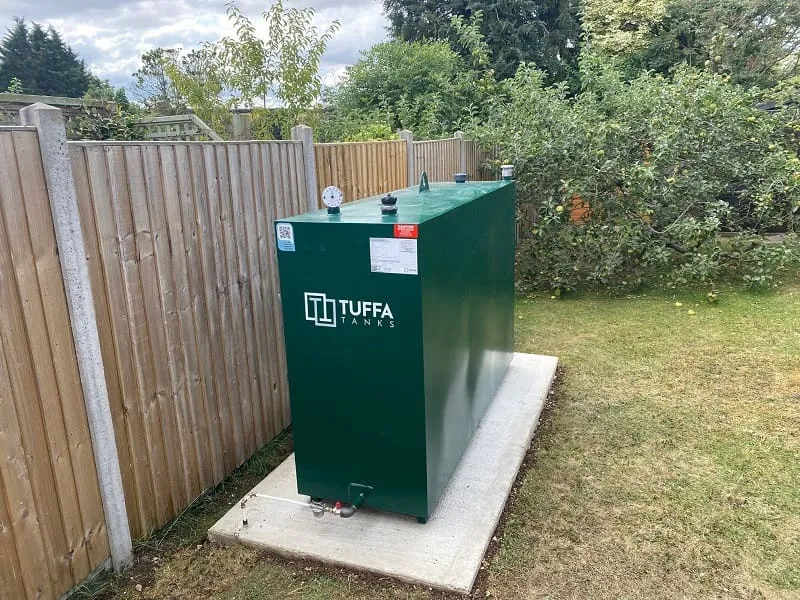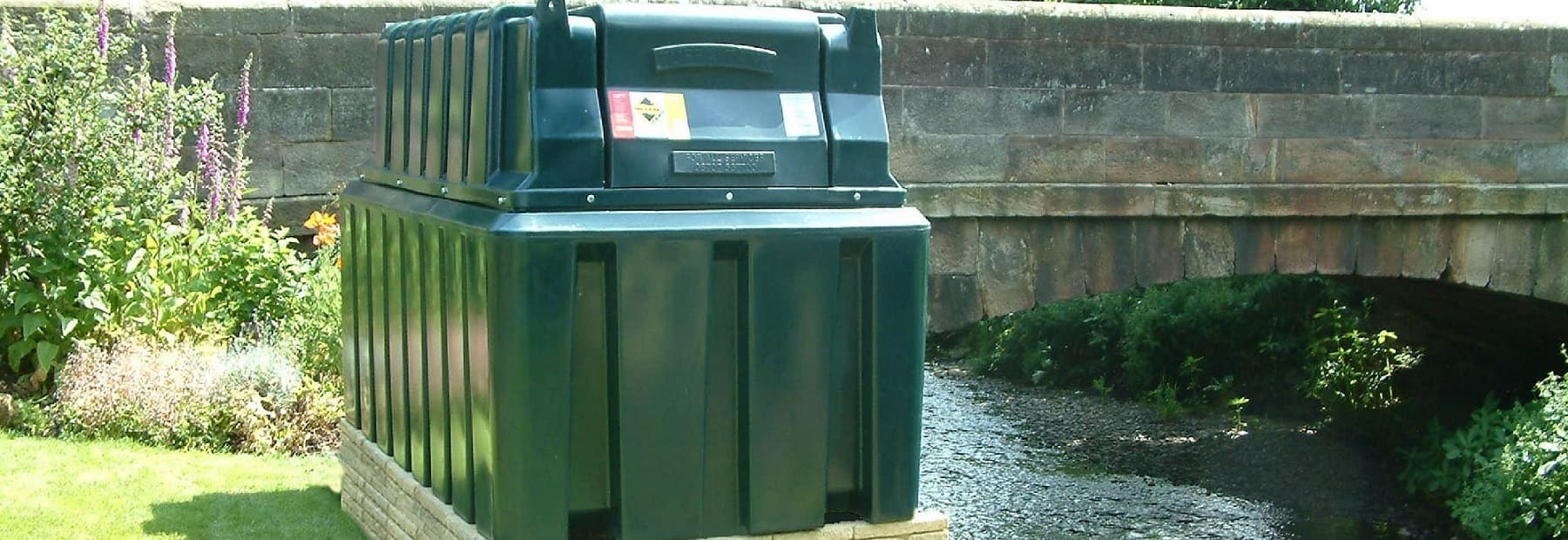As the UK’s number 1 manufacturer of steel storage tanks, we are aware of the history and past when it comes to the steel storage tank industry. However, we know that this is not common knowledge for all. While many people are aware of their needs for our products, they also have a deep and lasting history, which continues to evolve and develop every day.
So we decided to give you a brief history of our industry, starting right from the beginning…
1860 – 1880
In the 1800s, oil wells were created to utilise “rock oil” as a means of illuminating buildings, and this was the case until Thomas Edison created the first light bulb in 1979. When the first oil well gusher erupted in Pennsylvania, it became apparent that there was a need for change.
As the automotive industry grew, at an astonishing rate, the need for fuel grew alongside it. At the time, service stations only required small amounts of fuel, but over time more and more hydrocarbons were in demand, which prompted a need for more efficient and safer storage methods – such as steel storage tanks.
1880 – 1900
As the industrial age settled in, people found more and more use of petroleum, oil and chemicals; thus necessitating the need for steel storage tanks even further. Long gone were the wooden barrels of late; industries needed durable and reliable large capacity solutions, and the steel storage tank industry was born.
1900 – 1950
The 20th century brought along with it the need for codes and regulations with regards to flammable and combustible liquids; this meant ensuring that steel storage tanks were safe enough for the liquids contained within, with a goal of standardising tanks for all.
It was now commonplace to store steel storage tanks underground to eliminate the risk of accidents in service stations and beyond.
Methods of manufacturing had also adapted and thanks to arc welding, tanks were now safer than ever.
1950-1970
Product lines were moved to the bottom of storage tanks to avoid accumulation of liquids at the bottom, which made for more efficient usage in heating oil tanks.
Storing corrosive liquids underground had now become an issue, and a solution was delivered in the form of a breakthrough non-metallic design. Other manufacturers followed suit, adding plastic wraps and reinforced fibreglass coatings.
1970 – Present Day
By 1970, the focus had shifted from volume to the safe storage of liquids, particularly fuel and chemicals. This change in priority brought us secondary containment, which we now refer to as bunded steel tanks.
By the 1990s, there was something of a backlash regarding ground contamination and pollution, which saw a surge in the popularity of steel storage tanks above ground. As well as helping to protect the environment, these tanks were much easier to load and unload, as well as maintain and monitor for signs of corrosion.
Today, the steel storage tank industry stands healthy and proud, present in a wide and diverse variety of industries and businesses around the world, and is suitable for a vast variety of storage needs.
Whatever your needs are, Tuffa Tanks have got the solution you need so, please do not hesitate to contact us for further information.






























